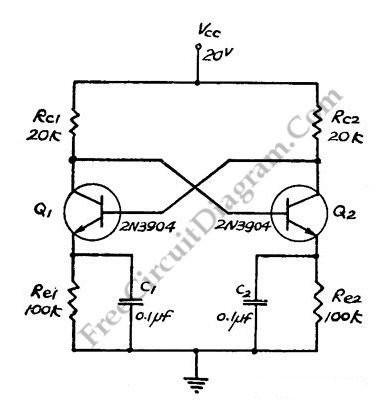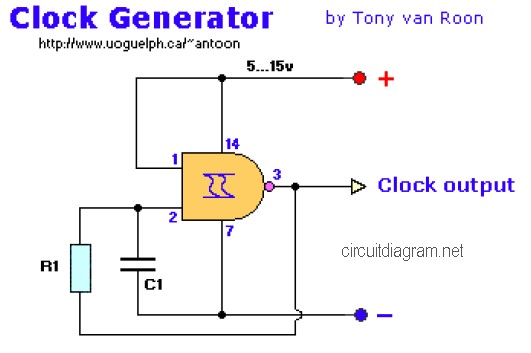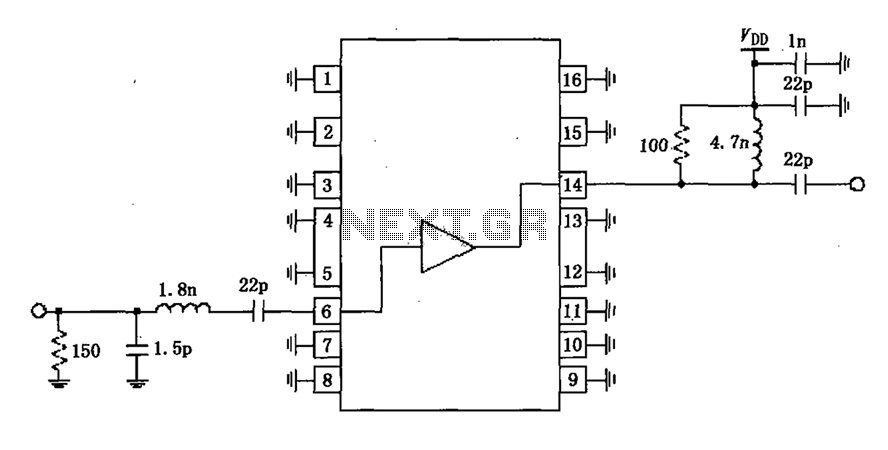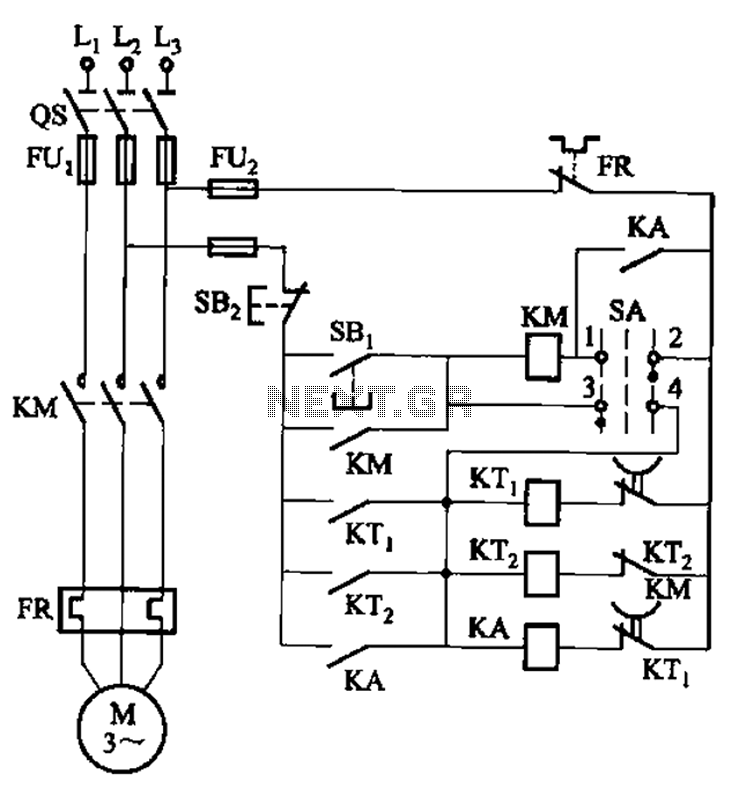
microprocessor Map processor to circuit diagram
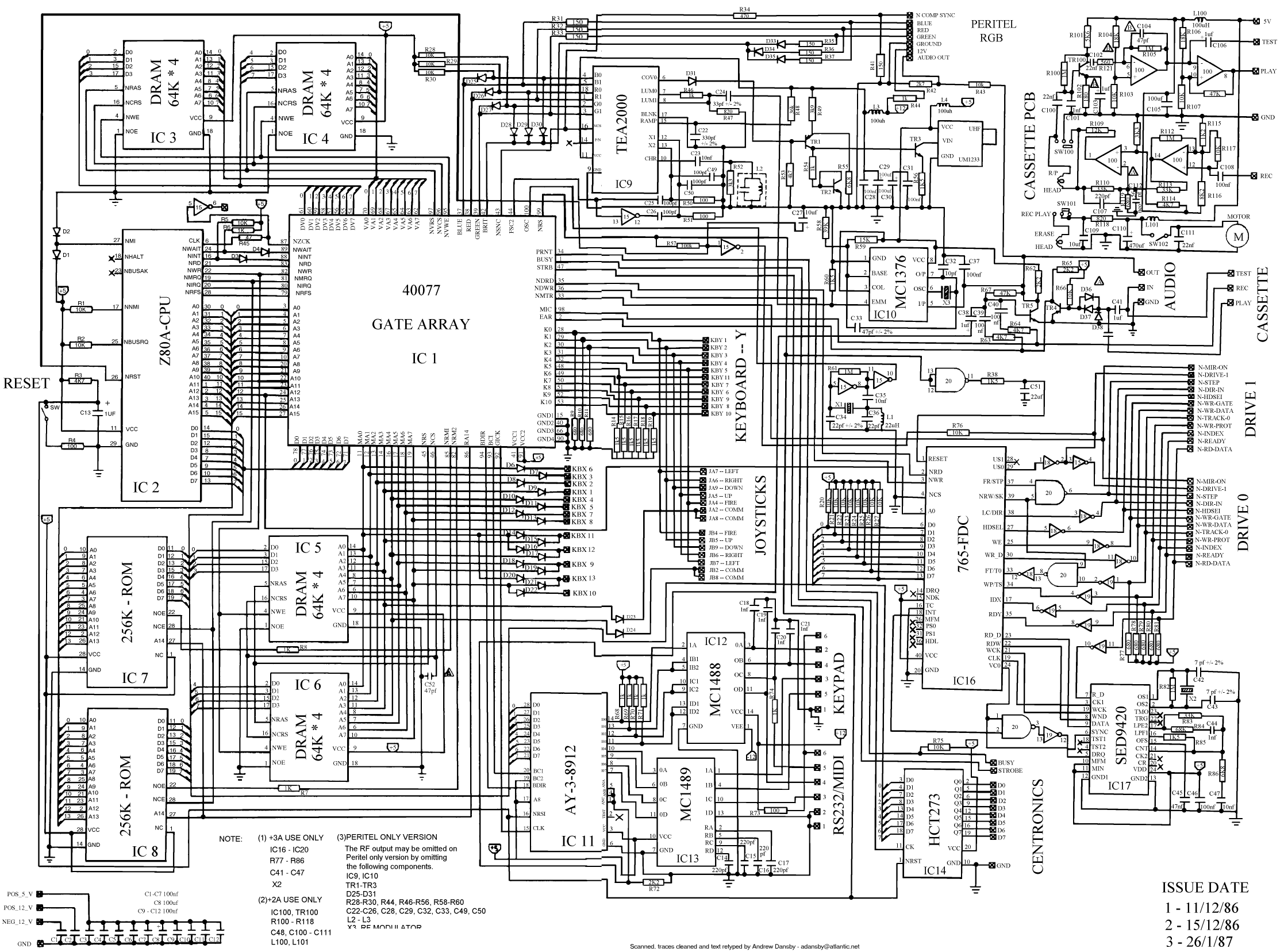
How the processor produces 3 as the output. This question may be challenging to answer in simple terms. If so, a link to a book would be helpful.
The process by which a processor generates the output of the number 3 involves several key operations, including data input, processing, and output generation. In a typical scenario, the processor receives input data, which can be in the form of binary numbers representing various values. The processor utilizes its arithmetic logic unit (ALU) to perform calculations or logical operations on this data.
For the processor to output the value of 3, it must first interpret the input data correctly. This can involve reading binary representations from memory, where the number 3 is stored as a binary value (i.e., 0011 in 4-bit binary). The processor executes instructions from its instruction set architecture (ISA) to manipulate this data. For example, if the input includes the numbers 1 and 2, the processor can execute an addition operation to calculate their sum, resulting in 3.
The processor's control unit orchestrates these operations by fetching instructions, decoding them, and executing them in the correct sequence. It ensures that the ALU receives the appropriate inputs and performs the necessary calculations. Once the result is computed, it is sent to the output interface, which can display the value on a screen, send it to a peripheral device, or store it in memory for future use.
In summary, the generation of the output value 3 by a processor is a multi-step process that involves input interpretation, arithmetic operations, and output delivery, all governed by the processor's architecture and instruction set. Understanding this process may require further reading on digital logic design and computer architecture for a deeper insight into how processors function at a fundamental level.How the processor produces `3` as the output. I realise that this question may be difficult to answer in simple terms. If it is, then a link would help, perhaps to a book. 🔗 External reference
The process by which a processor generates the output of the number 3 involves several key operations, including data input, processing, and output generation. In a typical scenario, the processor receives input data, which can be in the form of binary numbers representing various values. The processor utilizes its arithmetic logic unit (ALU) to perform calculations or logical operations on this data.
For the processor to output the value of 3, it must first interpret the input data correctly. This can involve reading binary representations from memory, where the number 3 is stored as a binary value (i.e., 0011 in 4-bit binary). The processor executes instructions from its instruction set architecture (ISA) to manipulate this data. For example, if the input includes the numbers 1 and 2, the processor can execute an addition operation to calculate their sum, resulting in 3.
The processor's control unit orchestrates these operations by fetching instructions, decoding them, and executing them in the correct sequence. It ensures that the ALU receives the appropriate inputs and performs the necessary calculations. Once the result is computed, it is sent to the output interface, which can display the value on a screen, send it to a peripheral device, or store it in memory for future use.
In summary, the generation of the output value 3 by a processor is a multi-step process that involves input interpretation, arithmetic operations, and output delivery, all governed by the processor's architecture and instruction set. Understanding this process may require further reading on digital logic design and computer architecture for a deeper insight into how processors function at a fundamental level.How the processor produces `3` as the output. I realise that this question may be difficult to answer in simple terms. If it is, then a link would help, perhaps to a book. 🔗 External reference

